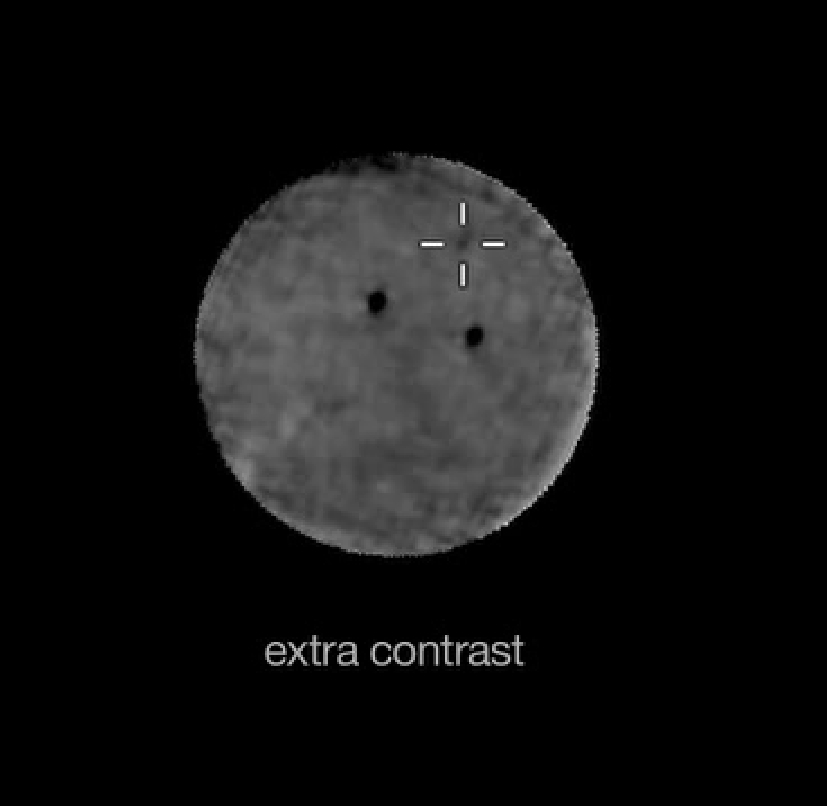
NASA's Mars rover Curiosity has photographed Mercury crossing the face of the sun, marking the first time such a planetary "transit" has ever been imaged from the surface of a planet other than Earth.
The Mercury transit photos — which Curiosity captured on June 3 using its Mast Camera (Mastcam) instrument — also represent the first images of the solar system's innermost planet ever taken from Mars, NASA officials said.
Mercury appears as a fuzzy dark spot in the images, filling just one-sixth of a pixel. Also visible are two sunspots about the same size as Earth, which are moving much more slowly than Mercury. (The sunspots are traveling at the speed of the sun's rotation, while Mercury is racing past by comparison.)

"This is a nod to the relevance of planetary transits to the history of astronomy on Earth," Mastcam science team member Mark Lemmon of Texas A&M University said in a statement. "Observations of Venus transits were used to measure the size of the solar system, and Mercury transits were used to measure the size of the sun."
Much of the world was treated to a spectacular Venus transit in June 2012, the last one visible from Earth until 2117. The next Mercury transit visible from our planet will take place in May 2016.
Transits of Venus and Mercury are visible more often from Mars than they are from Earth, NASA officials said. The next Mercury transit that Curiosity could observe will come in April 2015, and the 1-ton rover could see a Venus transit if it survives until August 2030.
And if a Mars colony is up and running in November 2084, Red Planet settlers could see Earth cross the face of the sun.
Get the Space.com Newsletter
Breaking space news, the latest updates on rocket launches, skywatching events and more!
The Curiosity rover landed on Mars in August 2012 to determine if the Red Planet could ever have supported microbial life. The mission has answered that question in the affirmative, finding that a site called Yellowknife Bay was a habitable lake-and-stream system billions of years ago. Curiosity is now trekking toward the base of a huge mountain called Mount Sharp, which has long been its ultimate science destination.
Follow Mike Wall on Twitter @michaeldwall and Google+. Follow us @Spacedotcom, Facebook or Google+. Originally published on Space.com.
Join our Space Forums to keep talking space on the latest missions, night sky and more! And if you have a news tip, correction or comment, let us know at: community@space.com.

Michael Wall is a Senior Space Writer with Space.com and joined the team in 2010. He primarily covers exoplanets, spaceflight and military space, but has been known to dabble in the space art beat. His book about the search for alien life, "Out There," was published on Nov. 13, 2018. Before becoming a science writer, Michael worked as a herpetologist and wildlife biologist. He has a Ph.D. in evolutionary biology from the University of Sydney, Australia, a bachelor's degree from the University of Arizona, and a graduate certificate in science writing from the University of California, Santa Cruz. To find out what his latest project is, you can follow Michael on Twitter.









